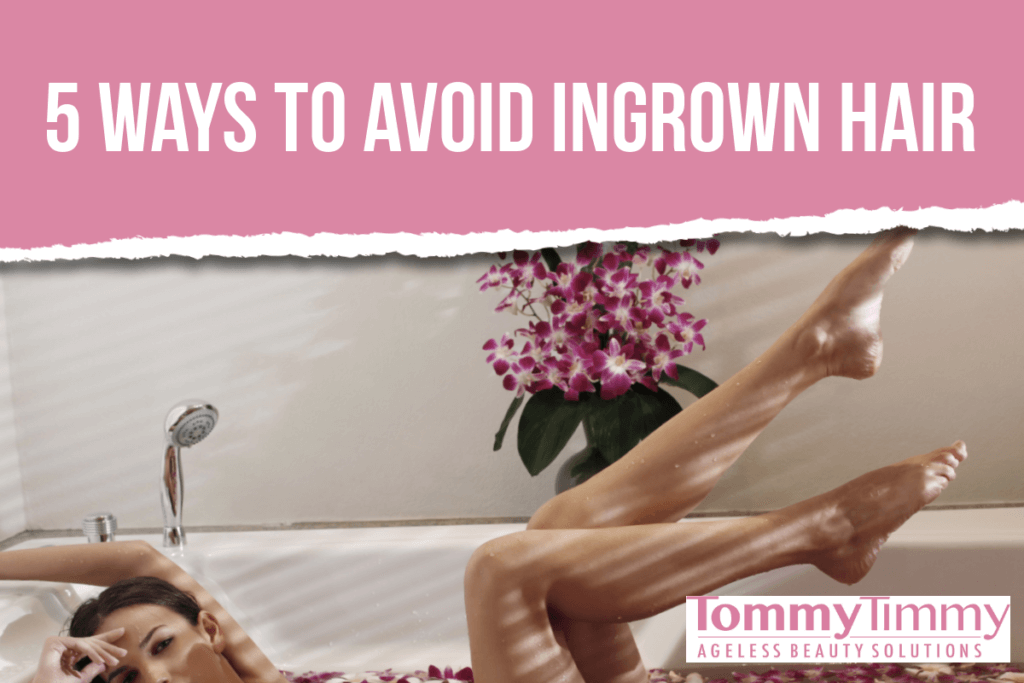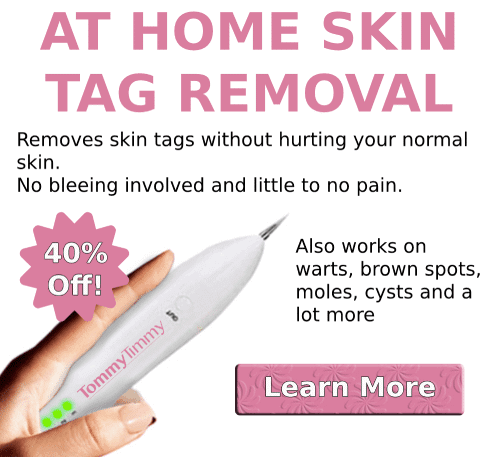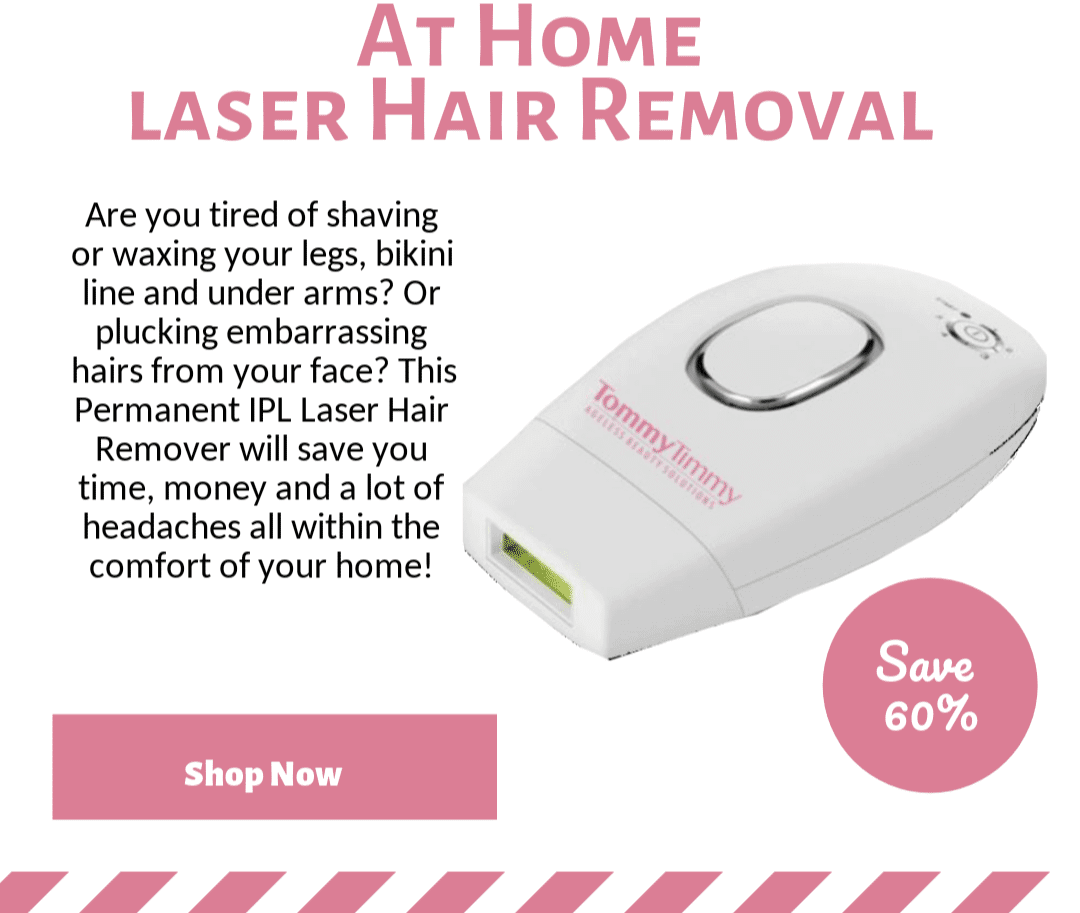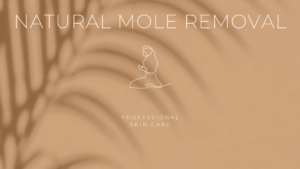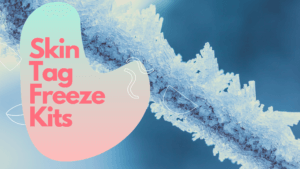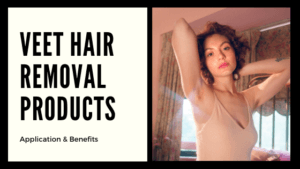Ingrown hair can be irritating, painful, itchy, and lead to the development of whiteheads or sore red pimples that accumulate pus. Sadly, cases of ingrown hair can appear anywhere in your body from the jawline, legs, and pubic area to the bikini line.
What is the best way to avoid ingrown hair?
Although there are several ways, the main thing that you can do is not to shave.
Contents
What causes ingrown hair?
Ingrown hair usually happens when hair curls around and grows back into the skin. In worst-case scenarios, ingrown hair can develop into a cyst which appears as a small or large painless lump when infection sets in.
Apart from the pain and discomfort they cause, ingrown hairs are not considered dangerous and rarely require medical attention. They can be prevented and treated easily at home.
Prevention is better than a cure
Prevention is always better than cure, but before we look at the different ways to avoid ingrown hair, it is important to learn how to identify an ingrown hair situation and the common causes.
Causes of ingrown hair
The structure and direction of your hair’s growth play an important role in the development of ingrown hairs. Curly hair is more prone to re-enter the skin and grow back, especially if hair removal procedures, such as shaving, happen when the hair is dry.
Shaving creates sharp uneven edges in the hair follicles of curly dry hair which causes hair strands to bend and dig back into the skin.
Other causes include:
- When skin is pulled tight against the grain of the hair’s growth when shaving.
- Tweezing can leave hair fragments below the surface of the skin causing ingrown hair.
- Tight clothing, especially underwear can cause ingrown hair when the elastic presses into the skin of recently shaved hair, causing it to change its direction of growth.
- When hair grows back into your skin, the body reacts to it the same way as any foreign body, and that is what causes the inflammation.
Ingrown Hair Symptoms
When ingrown hairs occur, you may witness some or all of the following signs:
- Pain
- Itching
- Small, hard, rounded bumps medically referred to as papules
- Darkening of the skin or hyperpigmentation
- Small, round, blister-like pimples filled with pus also known as pustules
The best way to prevent ingrown hair is to refrain from shaving altogether. But if that is not an option, here are 5 ways to avoid ingrown hair:
1. Regular exfoliation
Exfoliation is the removal of old dead skin cells from the skin’s surface either mechanically or chemically.
Studies have shown that clogged skin pores contribute to ingrown hairs. Regular exfoliation ensures the dead skin cells responsible for clogging pores are cleaned, which results in clearing the way for hair to grow in the right direction.
If you exfoliate at least once a week, either naturally or using an exfoliating agent, the dead skin cells that clog the skin’s pores are dissolved. This results in smoother skin that is less prone to ingrown hair when you shave. For the best outcome, strive to exfoliate before every shave. Afterward, soften your hair with warm water so that it can be removed easily.
Exfoliation also activates your lymphatic system which is responsible for ejecting toxins from your body.
2. Try a substitute for shaving
Shaving is the biggest culprit of causing ingrown hairs. If it can be avoided entirely and other hair removal methods used instead, chances of ingrown hairs developing are reduced by considerable margins.
Other alternatives to shaving include;
- Use of hair removal creams
- Tweezing
- Threading
- Sugaring
- Electrolysis
- Laser removal
- Waxing
Hair removal creams are the best and safest substitute for shaving as they are affordable, and readily available and the process is not time-consuming. Another benefit of shaving creams is that they dissolve hair slightly below the skin’s surface compared to shaving which cuts off the hair at skin level and leaves sharp edges.
Waxing is painful but as it involves plucking out hair from the root, it takes longer for the hair to grow back and the chance of ingrown hair is almost nil.
3. Use of high-quality blades when shaving
If you must shave, then choosing a long-term quality blade is important in the prevention of ingrown hair. Often, people tend to use disposable blades for way too long, which contributes to the problem as disposable blades dull very fast.
When used in this state, they tend to leave uneven hair follicles and skin bumps which is a fertile ground for ingrown hair to develop.
To avoid the temptation of re-using a disposable blade too often, invest in a few razor heads, or a blade designed for long-term use.
Alternatively, you can use an electric shaver and despite the fact that it will not provide a clean shave, it guarantees ingrown hair will not be a problem. This is because electric shavers do not leave sharp edges and do not cut hair too close to the skin; ensuring sufficient allowance for hair to grow upwards.
4. Shave in the right direction
It is important to shave in the direction your hair grows compared to shaving against the grain. Although shaving in the opposite direction of your hair growth guarantees a closer shave, it increases the chances of ingrown hair, cuts, and nicks.
Also, always settle for an alcohol-free and sensitive formula shaving cream. This combination prevents your skin from developing dryness and as a result, prevents ingrown hair.
5. Aftershave treatment
The treatment given to your skin after shaving can be a vital factor when it comes to ingrown hair prevention. While there are numerous options in the market for after-shave products, not all of them deliver what they claim.
A good aftershave solution should complement your skin type. For example, if you have oily, dry or sensitive skin, then you should buy an aftershave specially formulated for your type of skin.
A quality aftershave solution should consist of an anti-inflammatory such as Acetylsalisic acid or Glycolic acid agents, among others. These acids help to dissolve any build-up of dead cells that may clog the skin’s pores and ingrown hairs. In addition, the aftershave should also have a pleasant scent.
Do not squeeze your ingrown hair!
If you find yourself with a painful red spot caused by ingrown hair, resist the urge to squeeze it, as this will only aggravate the situation further. Squeezing usually pushes the ingrown hair farther below the skin’s surface.
Unless you can clearly see the ingrown hair close to the surface of your skin, then you can use tweezers or a sterile needle to pluck it out. Otherwise, do not attempt to dig it out underneath the skin’s surface. If left alone, the skin remedies the situation in a few days and everything goes back to normal.

